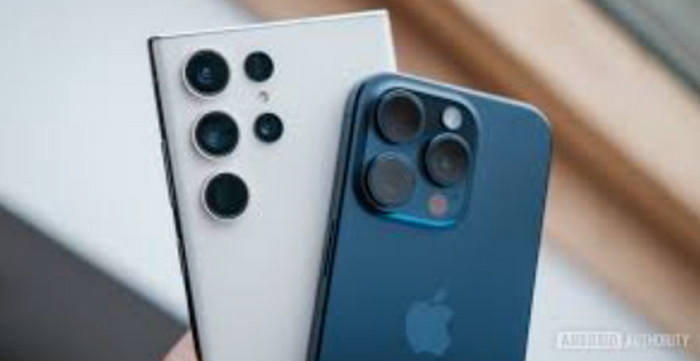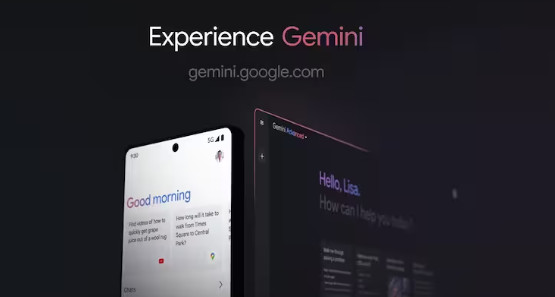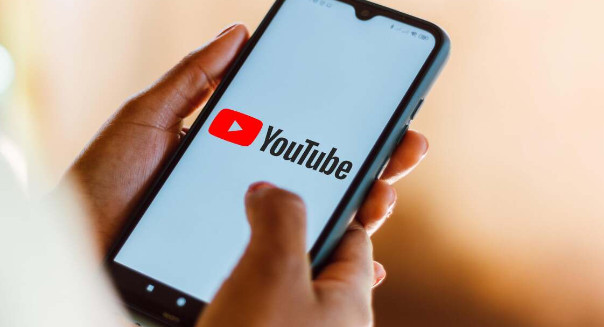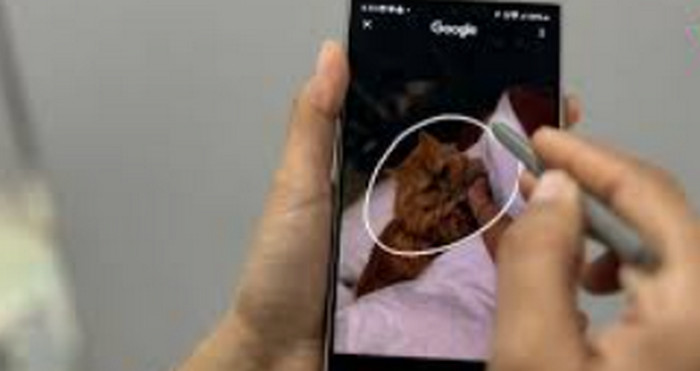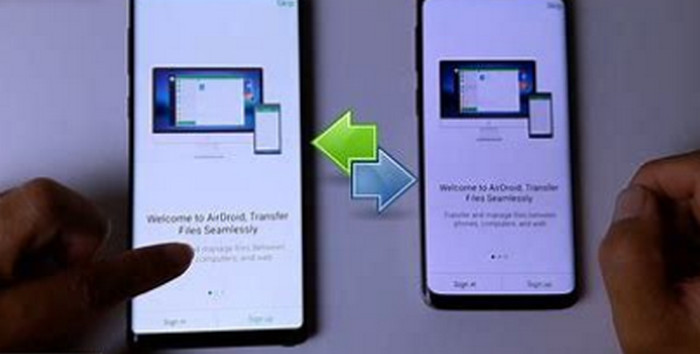A number of criteria, such as operating system preferences, design, features, ecosystem integration, price range, and brand loyalty, are taken into consideration when choosing between an iPhone and a Samsung phone. To assist you in choosing which phone best meets your needs, the following detailed comparison is provided:
User interface and operating system:
iPhone (iOS): The user-friendly and intuitive interface of iOS is well-known. It provides a consistent user experience across all Apple products, prioritizes privacy and security, and receives frequent updates. Additionally, iOS works nicely with Apple’s ecosystem, which includes FaceTime, iMessage, iCloud, and Apple Pay.
Samsung (Android): Samsung phones come with Samsung’s One UI on top of the Android operating system. With features like widgets, customized home screens, and a vast selection of apps from the Google Play Store, Android offers a more personalized experience.
Design and Construction Quality:
iPhone: With materials like glass and metal, Apple is renowned for its svelte and upscale designs. iPhones frequently feature a minimalist design that emphasizes grace and simplicity.
Samsung: In addition to using high-quality materials and cutting-edge designs, Samsung phones also come with alternatives with curved displays (like the Galaxy S21 Ultra) and robust construction (like the Galaxy S21 FE). Samsung combines functionality and design principles in their designs.
Technology and Display Quality:
iPhone: Outstanding color accuracy, brightness, and viewing angles are provided by Apple’s Retina displays. ProMotion-enabled Super Retina XDR OLED panels, found in recent iPhone models like the iPhone 13 Pro Max, allow for responsive and fluid scrolling.
Samsung: Dynamic AMOLED screens with vivid colors, high resolutions, and features like high refresh rates (e.g., 120Hz) for smooth animations and gaming experiences are included on Samsung’s flagship phones, such as the Galaxy S21 series and Note series.
Camera Operation:
iPhone: iPhones are well known for their powerful camera systems, which combine software and hardware enhancements to produce superb image and video quality. ProRAW, Deep Fusion, and Night mode are examples of features that provide advanced photography capabilities.
Samsung: Ultra-wide, wide, and telephoto lenses are among the flexible camera configurations available on Samsung’s Galaxy phones. For instance, the quad-camera system of the Galaxy S21 Ultra has a 108MP primary sensor, a 100x space zoom, and sophisticated AI photography functions.
Processor and Performance:
iPhone: Industry-leading performance, efficiency, and iOS optimization are provided by Apple’s specially developed A-series CPUs, such as the A15 Bionic found in the newest models. iPhones are renowned for their seamless multitasking, quick app launches, and fluid speed.
Samsung: Depending on the region, Exynos or Snapdragon processors power Samsung’s flagship phones, offering strong performance for daily workloads, productivity, and gaming. High-performance Exynos 2200 and Snapdragon 8 Gen 2 CPUs can be found in the newest Galaxy phones.
Life of Batteries and Charging:
iPhone: Compared to earlier generations, recent iPhone models—such as the iPhone 13 series—offer longer battery lives. They support wireless charging (MagSafe) and fast charging (up to 20W with a compatible charger).
Samsung: Depending on the model, Samsung phones have different battery capacity. For example, the Galaxy S21 Ultra has a sizable battery and allows for both wireless and rapid charging (up to 45W). Additionally, Samsung provides capabilities like wireless charging in reverse with Wireless PowerShare.
Integration and Ecosystem:
iPhone: Devices such as the iPhone, iPad, Mac, Apple Watch, and Apple TV all seamlessly integrate with one another within Apple’s ecosystem. For consumers of Apple devices, features like AirDrop, iCloud syncing, Handoff, and Continuity improve the user experience.
Samsung: Galaxy phones, Galaxy Tab tablets, Galaxy Watch smartwatches, and Galaxy Buds earphones are all part of the Samsung ecosystem. Samsung provides features like Samsung SmartThings for home automation and Samsung DeX for desktop-like experiences.
Updates and Support for Software:
iPhone: With iOS upgrades, security fixes, and new features, Apple offers consistent software updates and long-term support for iPhones, usually lasting several years.
Samsung: In addition to providing security patches, significant Android OS updates, and One UI updates with Samsung-specific features, Samsung also provides software updates and support for its flagship phones.
Range of Prices and Available Options:
iPhone: There is a wide range of models and pricing points for iPhones, ranging from expensive models like the iPhone 13 Pro Max to more affordable options like the iPhone SE. The amount of storage and the model year affect the price.
Samsung: Samsung provides a large selection of phones in various price ranges, encompassing entry-level models such as the Galaxy A series, mid-range choices such as the Galaxy S21 FE, and high-end flagship models such as the Galaxy S21 Ultra.
Brand Adherence and Ecosystem Stagnation:
iPhone: Because Apple products integrate so well with the Apple ecosystem, which includes services like Apple Music, Apple Arcade, and Apple Fitness+, Apple fans frequently demonstrate great brand loyalty. Apple’s emphasis on data security and privacy is appreciated by some users.
Samsung: Customers value Samsung’s extensive product variety, personalization choices, and features like Bixby, Samsung Health, and Samsung Pay. Customers who like Android’s adaptability and customization choices are drawn to Samsung’s devices.
In summary:
Samsung and iPhone phones are comparable in terms of performance, features, and ecosystem integration.
If you value iOS, a smooth ecosystem integration, robust privacy features, and dependable long-term software support, go for an iPhone.
If you appreciate customizable Android, a wide selection of product alternatives at different price points, cutting-edge features like the S Pen (Note series), and interaction with Samsung’s ecosystem, pick a Samsung phone.
The “better” phone ultimately comes down to your own tastes, priorities, and usage patterns. When making your choice, take into account elements like your preferred operating system, design, camera performance, ecosystem integration, price range, and brand loyalty.





